Resolve
Resolve is something of an odd word. Generally, we use it in showing determination to overcome opposition of one kind or another be that with a resolution to kickstart each new year, win a game or take on a difficult situation that we feel cannot continue. But it’s a word with many applications and that’s because in its etymology lies its true power. Resolve can mean to melt, dissolve, reduce to liquid; separate into component parts; alter, alter in form or nature by application of physical process. In the intransitive sense from c. 1400; it could mean to loosen, loose, unyoke, undo; explain; relax; set free; make void, dispel.
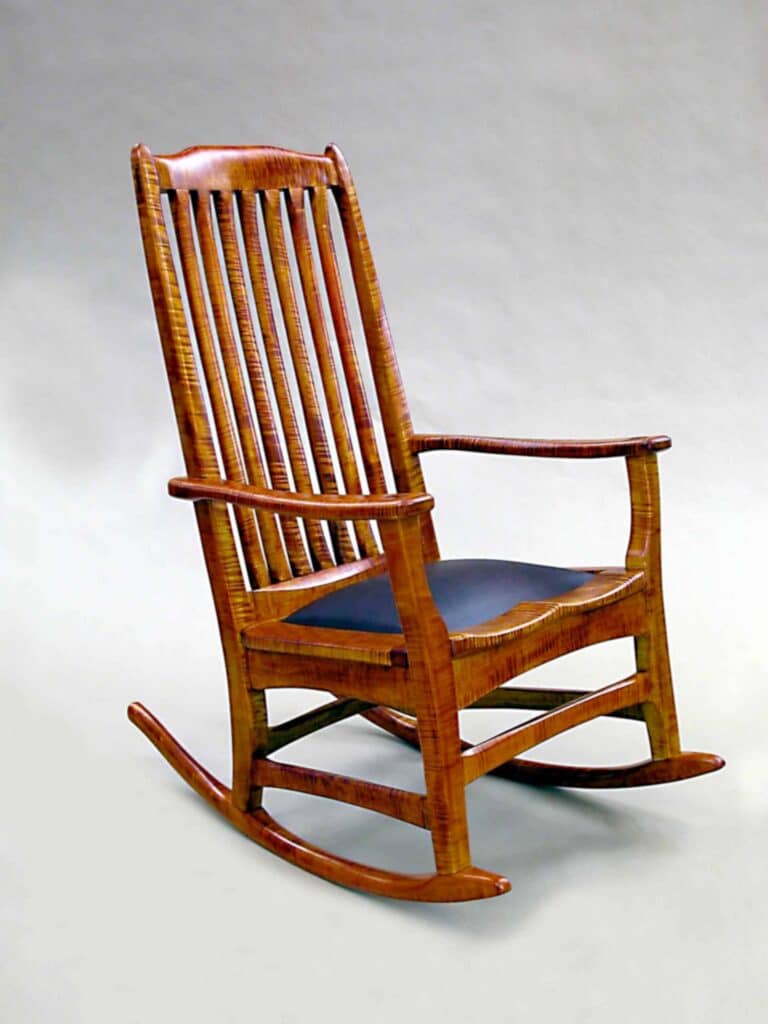
I owned but I didn’t need to because, well, they would have slowed me down and created a mess and noise I didn’t need. This for me was real and honest hand made in the hand working of wood.In my world resolve is what drives me to do what I do and have done for nearly six decades so far. Resolve wakes me at 5.30 each morning with no alarms set. I wake, dress, cook and write for two hours and by 9 am I am making in the workshop at the bench. Resolve overcomes my lazy nature that says chill, tomorrow will do, don’t sharpen it now, just use pocket-hole screws and so much more. I learned many decades ago that to be a crafting artisan making a living and working with hand tools would take a greater resolve than I have ever had before. Without this, I would not have survived and I would have gone the way of all of my critics. My decisions made me fitter, healthier, stronger, more considerate, more thoughtful, mindful, fulfilled and, yes, more honest in many ways. Resolve is an amazing word but it’s also an amazing way to live a lifestyle as a maker resolved to stay off the conveyor belt. On
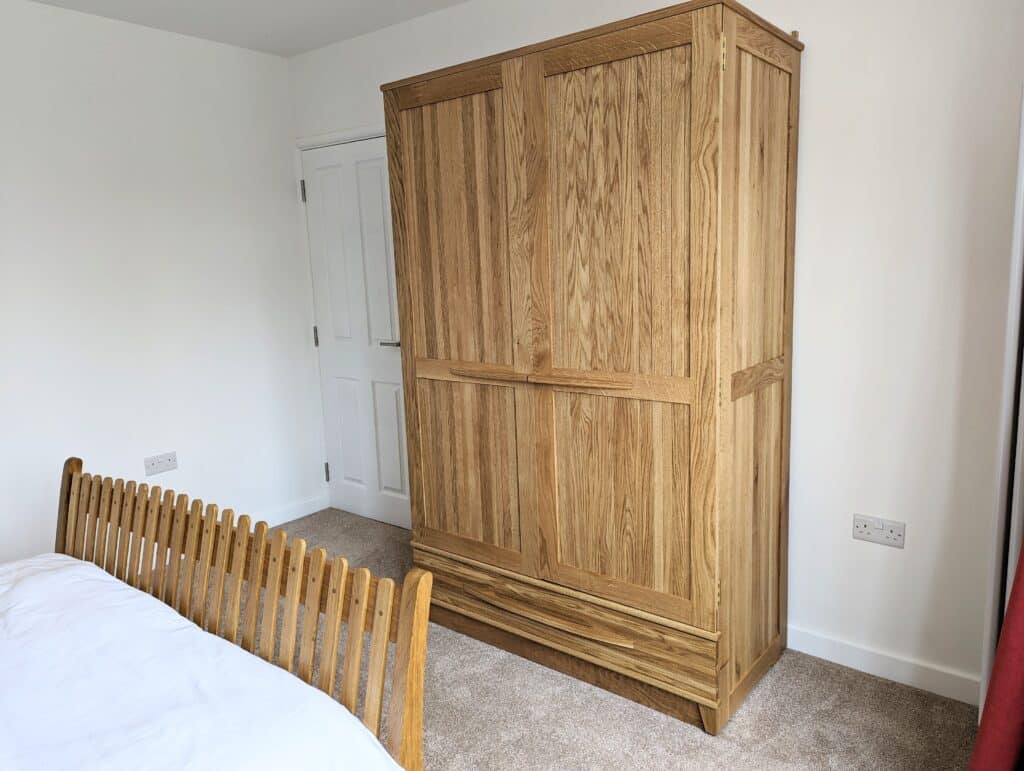
Today I use the word differently. In any area of design, we look at how all of the components interact with one another. Sometimes, one element of a design stands out as odd. By that, I do not mean that the design is outstanding because of a failed element, more that a square-edged, straight piece contrasts too markedly in the ebb and flow of a design to create an abrupt and mostly discontinuing element.
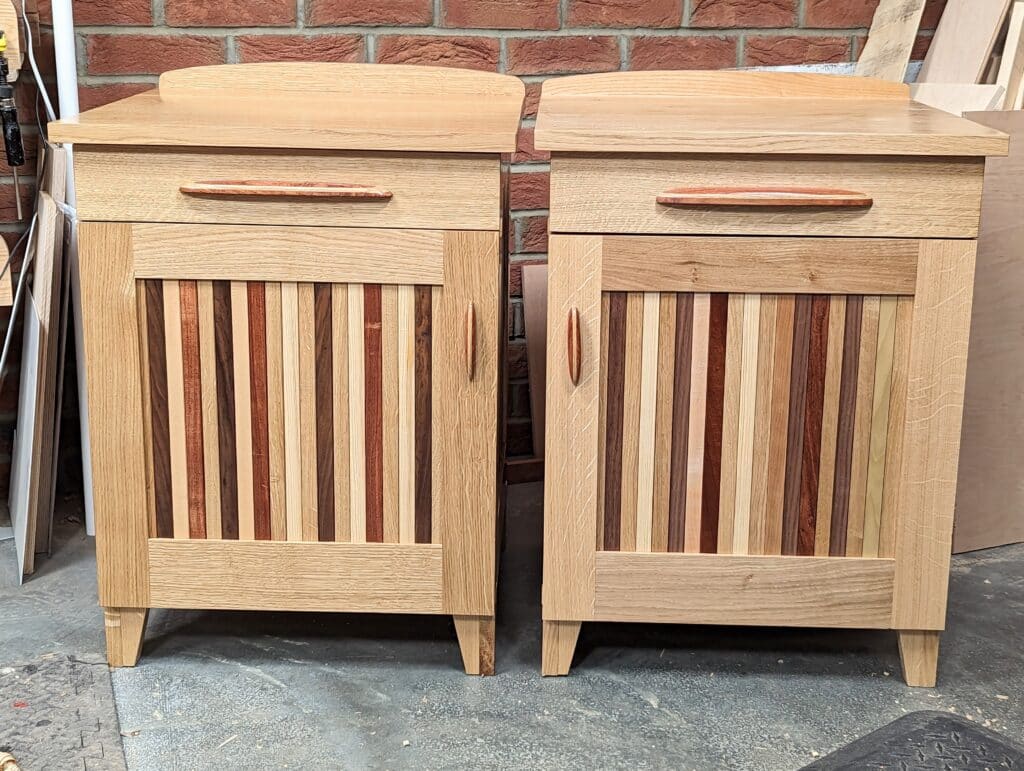
In my making, designing, writing and drawing multi-dimensional world of creativity resolve is what gets the work done. It’s what brings conclusion to every element of any design in specific areas be that the choice, size and position of joints or practical and decorative features that make designs work. When a design begins it comes from a period of gestation where the initial thoughts, the concept, if you will, starts to take form and we shape each element by our knowledge and our experience as makers. The words I just used in this start to the blog post are all significant. I choose my words in every blog carefully. The choices reflect the same attitude I might use to design a piece of furniture.
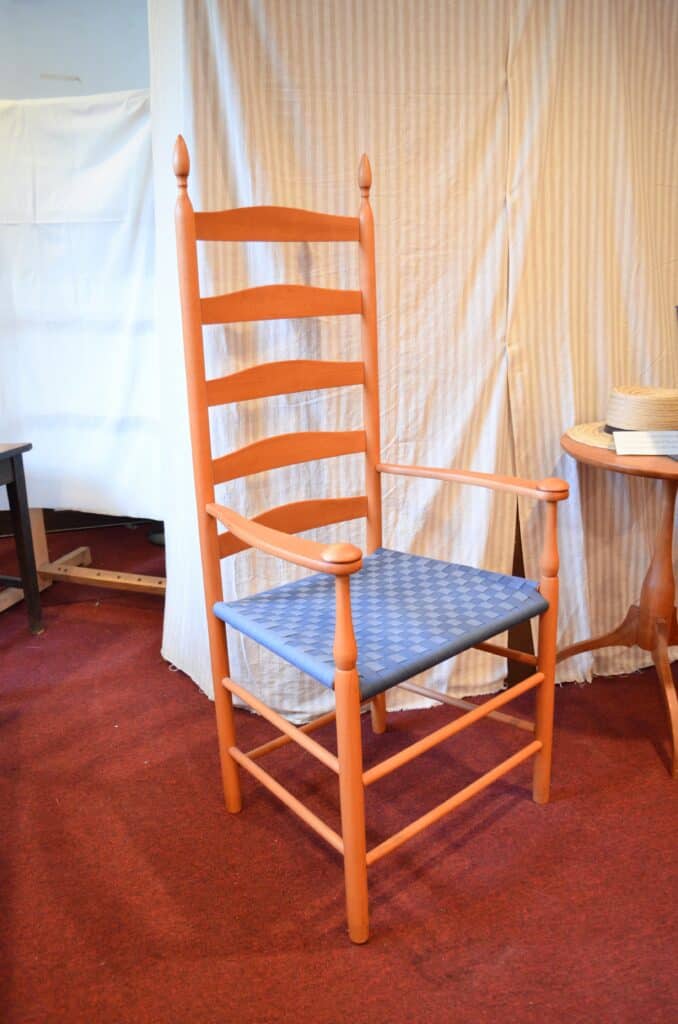
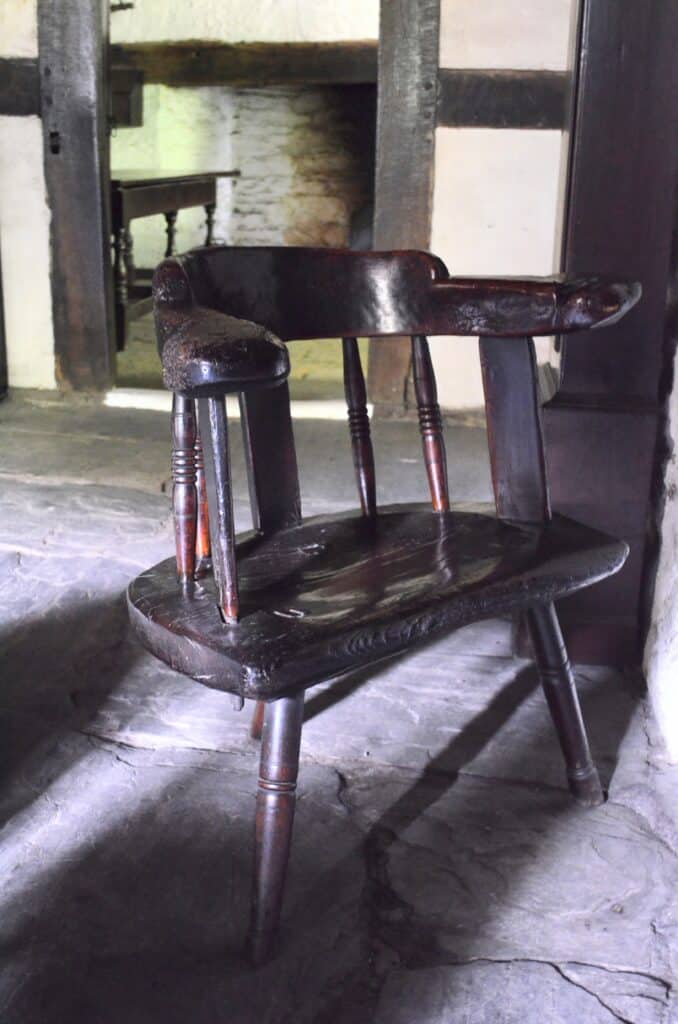
Many designs incorporate features we might think are mainly decorative when in life itself they just make things more comfortable. Arches are a good example. Many traditional dining chairs have arches to them but the arch in its origin was not to be decoratively attractive but maximised the jointed area around the leg but reduced the weight in the chair because they were in constant need of moving.
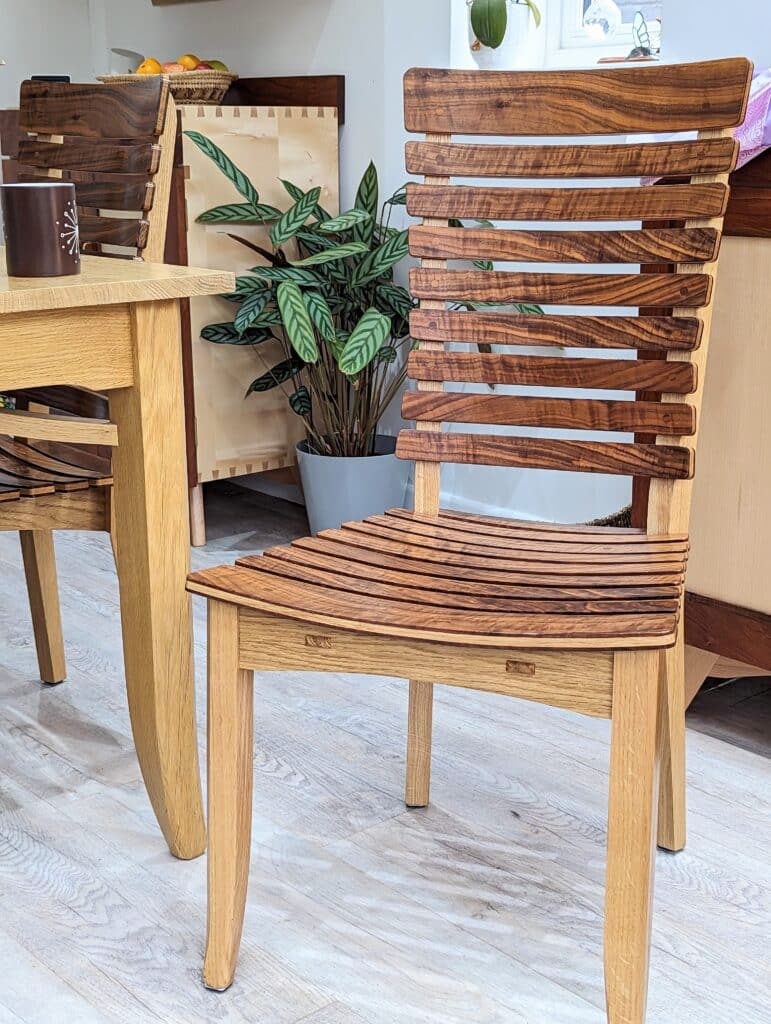
The fact that they looked lighter became a feature that was subsequently adopted for appearance. The splayed legs of American Windsor chairs look much more elegant and graceful than a Welsh stick chair but the fact is that they are much more stable and less tippable too. It should be noted that Shaker chairs are more tippable than any chair but the Shakers were rigidly disciplinarian with extreme views that I think were reflected in many of their chair designs which were never known for being comfortable to sit in.
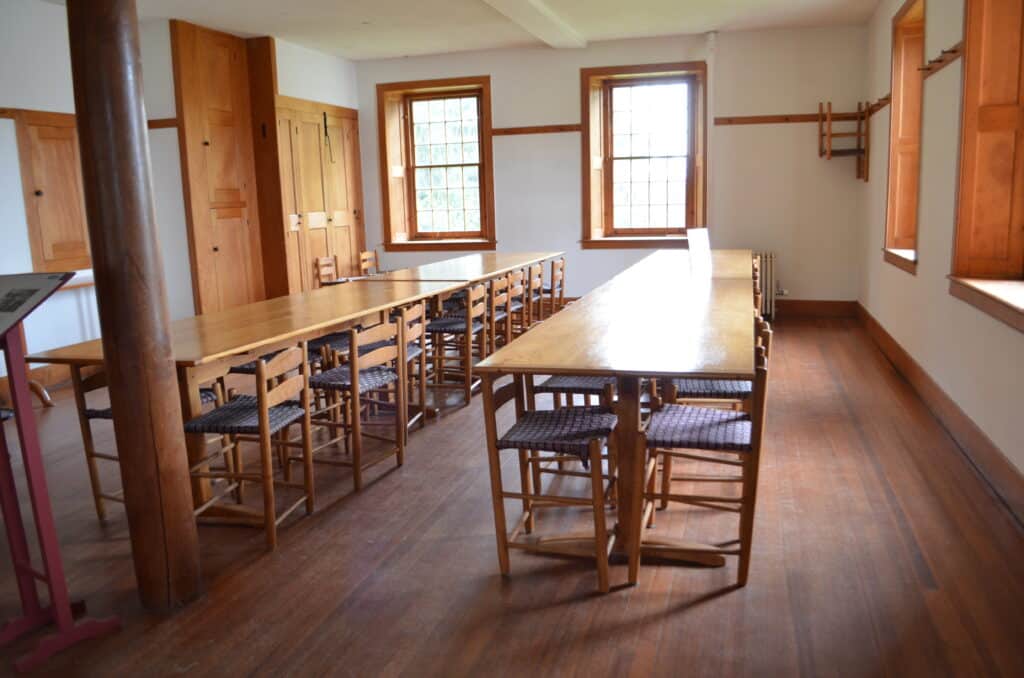
resolve (v.)
This word came to us in the late 14c., resolve. In the world of the designer-maker, we generally use it when we’ve substantially considered a design and created components that conclude that part of the design or indeed the overall design itself as in say a piece of furniture. On my most recent cabinet, many things were resolved along the way. Mostly they are first resolved in my mind. Because I can envisage how something will look before a single cut is made it saves me a lot of time because I can take the square end or edge of a piece of wood and see the whole in my mind’s eye. This upstand at the back of the top is an example.
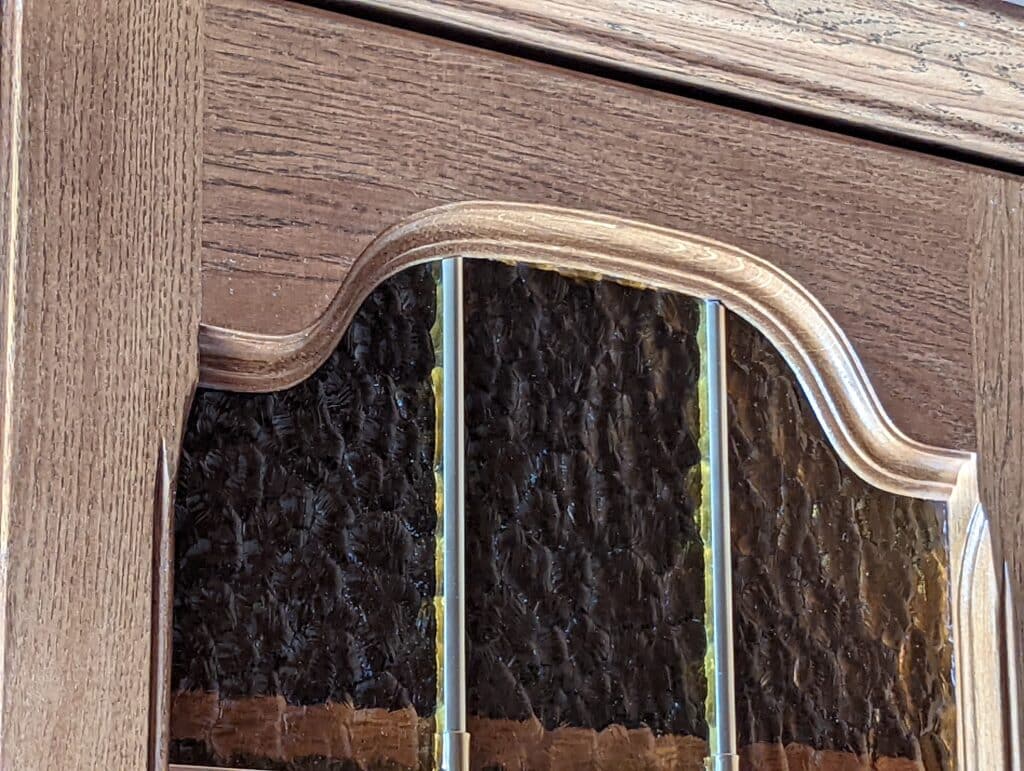
Sometimes an idea might look good and give exclusivity to something like a joint but the execution is just not worth the extra work. Here, you can see the sketch that came from my mind but in the end, I simplified the joint because it really offered little more than a complication to make it to my original idea. I decided it was more overkill than any sort of improvement.
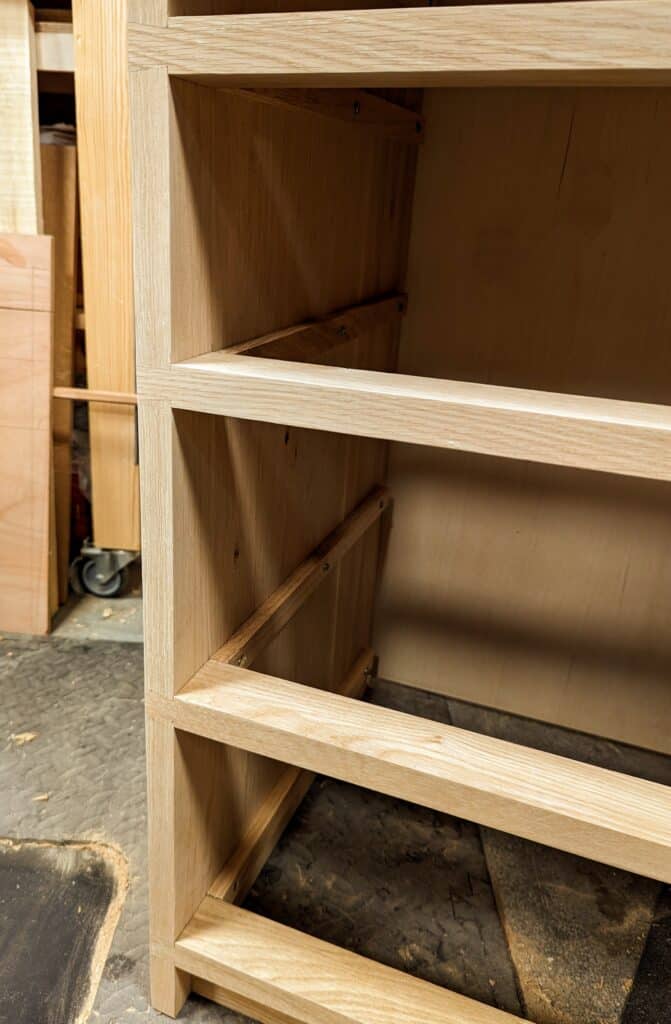
I decided that the dovetail was more than adequate with regard to strength and functionality but I have included a dado housing with it in other pieces I have made. As problem solvers, and that is part of the word re-solve, we makers seek resolution (also from resolve or solve) to our designs and many choices will remain hidden within the unseen joinery. I have yet to understand the puritanism of some makers refusing to use the amazing invention of the threaded screw. I use them much of the time because they, well, resolve an issue that otherwise might cause serious delay and even a weaker result. Is it preferable to use a groove on the plywood back panel of a cabinet than to use screws into a rebated opening? Not at all. But if the back is to be exposed and not stand against a wall then the groove will work better. What is the difference between using a Pozi-drive screw over a slotted version of old? Well, one was designed for fast or mass production and the other was not. I would not be surprised if Dewalt doesn’t make as much from its replaceable worn drive tips as it does from its drill drivers. I use both screw types appropriately and of course, I like the added benefit cross-head screws give me and then too the single-handed use of the drill driver over an egg-beater hand drill.
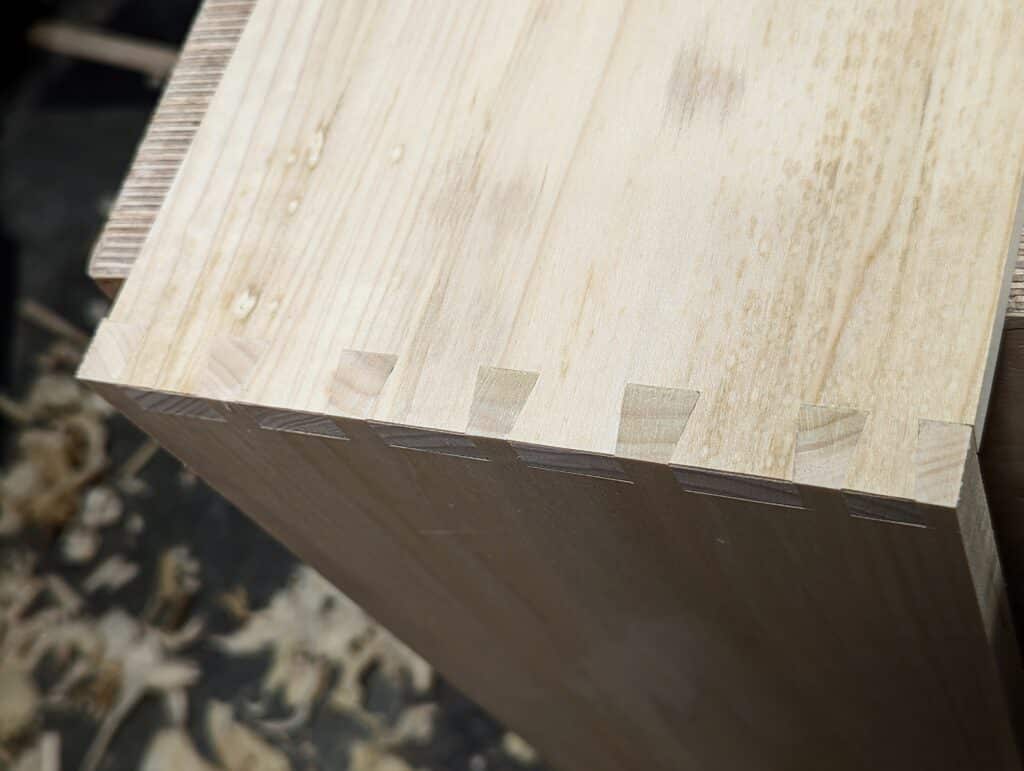
And when professionals tell me it takes too long for handwork I do wonder why they say it if you are just making one of something. The work I do is never mass made so I choose not to use equipment designed for mass-making because I would then need more property, a bunch of machines and support equipment as well as dust extraction and personal safety stuff too.


Normally, at what time do you go to bed, if I may ask, to have a good night sleep that allows you with enough rest to tackle the next day?
I sleep from 10pm until around 4.30 but not past 5.30. I take no naps in the day. I just finished 8 hours at my bench, I rarely eat lunch but now I am ready to eat. It’s just turned five. I will then usually work for a couple more hours, often writing. I generally write first thing and last thing in the day.
That last statement about needing more property, dust extraction, and safety equipment is so true. Many of the Youtubers I watch have spent small fortunes equipping their shops, and they basically make nothing but more shop stuff. Oh, they made a bookshelf, or maybe a small cabinet. But then what else can they make? Their home is already full. And now they have enough equipment for a small factory.
:D. How true! But my wife makes similar complaints about my modest (?) (Paul Sellers-inspired) collection of vintage hand-tools. She has a point, I mainly make more stuff for my workshop! (Shave horse, workbench, PS shooting-board, bench-hook, lots of tool-handles, strops, bowl horse, steam-bent saddler’s leather working clamp, 2 sharpening-stone boxes, 2x PS wooden mallets, PS sharpening plate holder, a “pallet disassembler”, etc..). And a few big things for the garden and for wood processing (mainly for firewood but also for bowls, tool-handles and other mainly greenwood and/or garden projects).
I’ve made a few simple but important things for the house but mainly hand-carved bowls (using mainly a few forge-made Swedish tools bought new more than a decade ago, and a very nice new Ukranian adze of comparable quality bought before the current terrible war there 🙁 ). But, as you say, the house is already over full, for us from when we down-sized coming back to the UK. And as my wife points out, she does more DIY than me! :D. (Probably true, She is quite good, and works hard 🙂 ).
the trouble with youtube is that most of the makers are amateurs who think they know what they are doing. so much of the advice they give is wrong and yes you are right they have so much gear yet still make very little. i spent my last years working from home in a single garage producing furniture pieces on commission. as i only ever made one of anything it was generally quicker to use hand tools rather than setting up machines. in doing so it also limited the amount of “junk” i could have around me. i have very few tools compared to most of the youtube makers. yet i made a living and high quality furniture with those few tools.
Thanks Paul. Resolve is a good word. In a similar manner I’ve used determination and grit (would make for a fun conversation over a beer or coffee how the words differ and are similar).
The last person in an iron lung (due to the ravages of polio at a young age) is still alive. He went on to complete school, college, and eventually obtain a law degree and practice law – all while in an iron lung. It obviously took resolve to do all of that.
We are all capable of doing so much if we just can find that which matters to us and have resolve/determination/grit.
For my 2 cents, resolve is perhaps some combination of determination and persistence. It’s fascinating watching children who have it, and other’s that don’t. I’ve seen people who’ve had a life shock that has led to them developing resolve when it wasn’t there before. It’s transferable across any field of endeavour.
My sense is that whether they disclose it or not, the people who are the best at what they do always have resolve in spades. They may not be the ‘smartest’, flashiest, quickest etc (although they might be!); but underlying resolve is fundamental to outstanding individuals in whatever their particular field is. It’s admirable. Kinda hope my kids have it when they grow up…
Paul,
How do you deal with bandsaw dust at your home shop?
Thanks
Jon
I use a compact dust collector and have a device that measures particulate in the atmosphere which always declares zero levels of harmful dust in the shop. I do this because there are several of us working in a confined space for filming. I also sweep and tidy every day, often more than once and usually two or three, and I vacuum twice a week too.
I’m not sure if I am using the word resolve correctly. When I discovered using hand tools only, and watching you tube in cutting dove tails. I can do this. My next challenge which I think is very important, and Paul maby you can help me with this is flattening a piece of wood with a hand plane. I watched you and others do it. It’s not easy. Heck I widdald a piece of 3/4″pine down to 3/8 trying to flatten it evenly.
I’m resolved in doing this and working by hand teaches patience. I wish I knew if a piece is flat enough.
Hi Frank, I share your pain, just keep at it, and you’ll get better, When I first started with handplanes I spent months trying to work out why my Stanley 4 wasn’t working, then I put the iron back in bevel down,,, don’t beat yourself up, just keep at it and you will get better! cheers Mark
That’s both and easy and difficult question. Enough is the key. To get the answer to “is this piece flat enough?” you need to clearly understand it’s form and function. Inset drawer fronts need to be flat both faces, drawer fronts overlapping need to be flat on the reverse face. Table/Chest top have more need of flatness on the underside. A flat reference face is important not just because it references our joinery marks but because it’s usually the face where wood meets wood – our joined surfaces. On many show faces near flattish is more than enough (except grooved panels).
Just keep asking yourself does this resolve the problem (gaps, structure, strength) or cause knock on effects.
So, “is it flat enough now?”, if not, “will joinery flatten it more?” or even “is it really flatness I’m looking for or smooth (finish)?”
Sometimes the best way to learn how flat is flat is by accepting what you’ve done and proceeding to dry fit and finding out.
PS. a key one for me is “will the quest for flatness delay me significantly from finishing”.